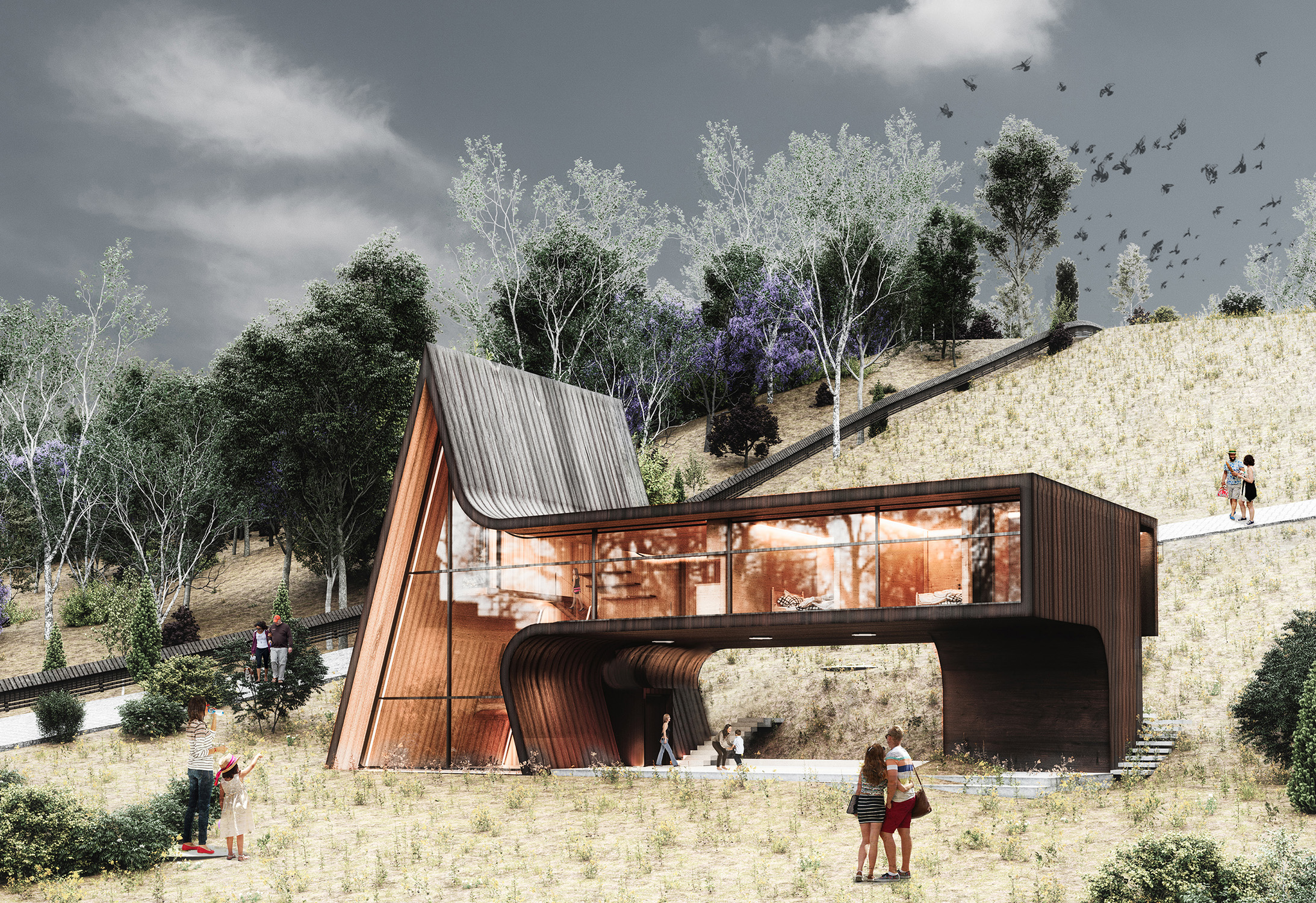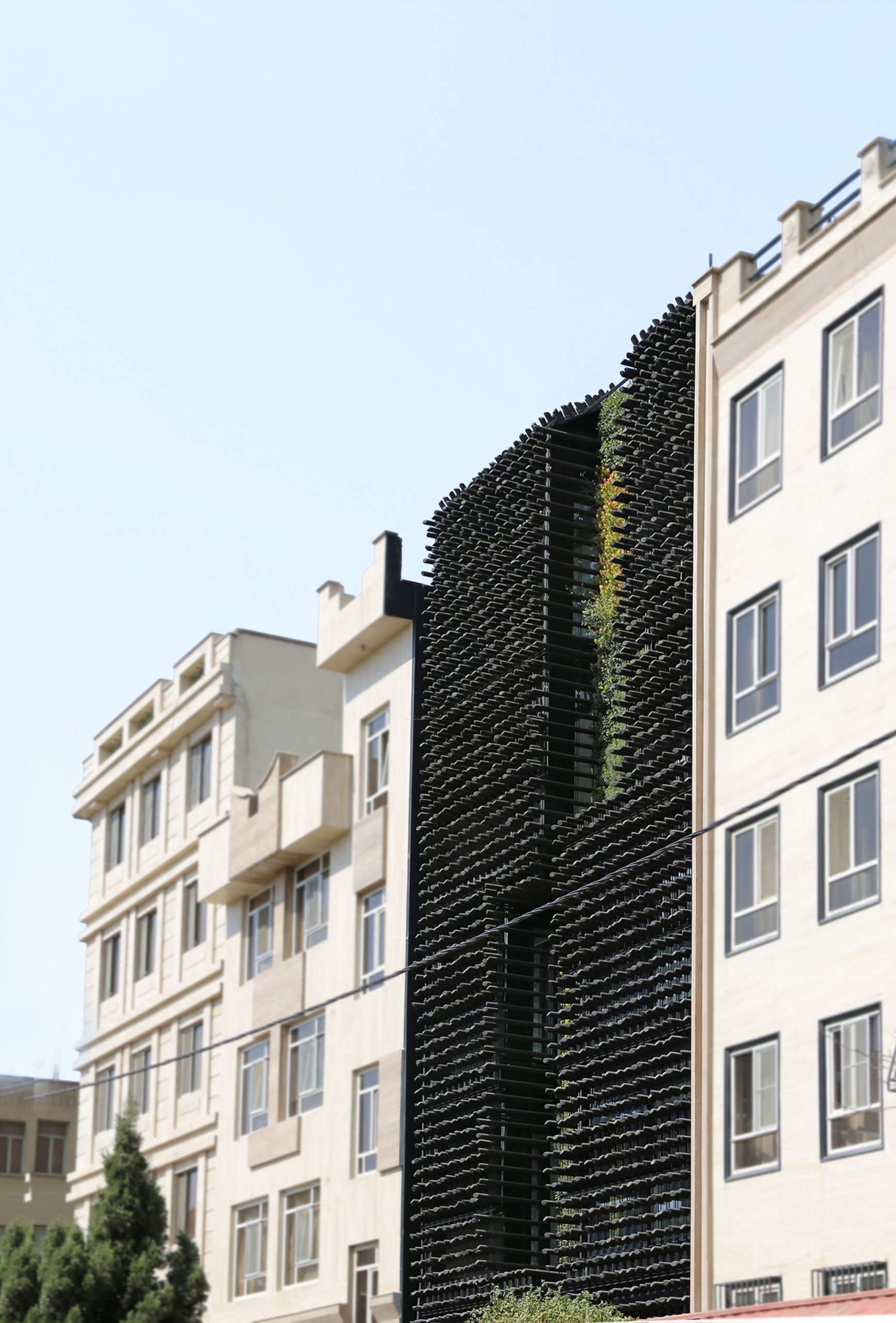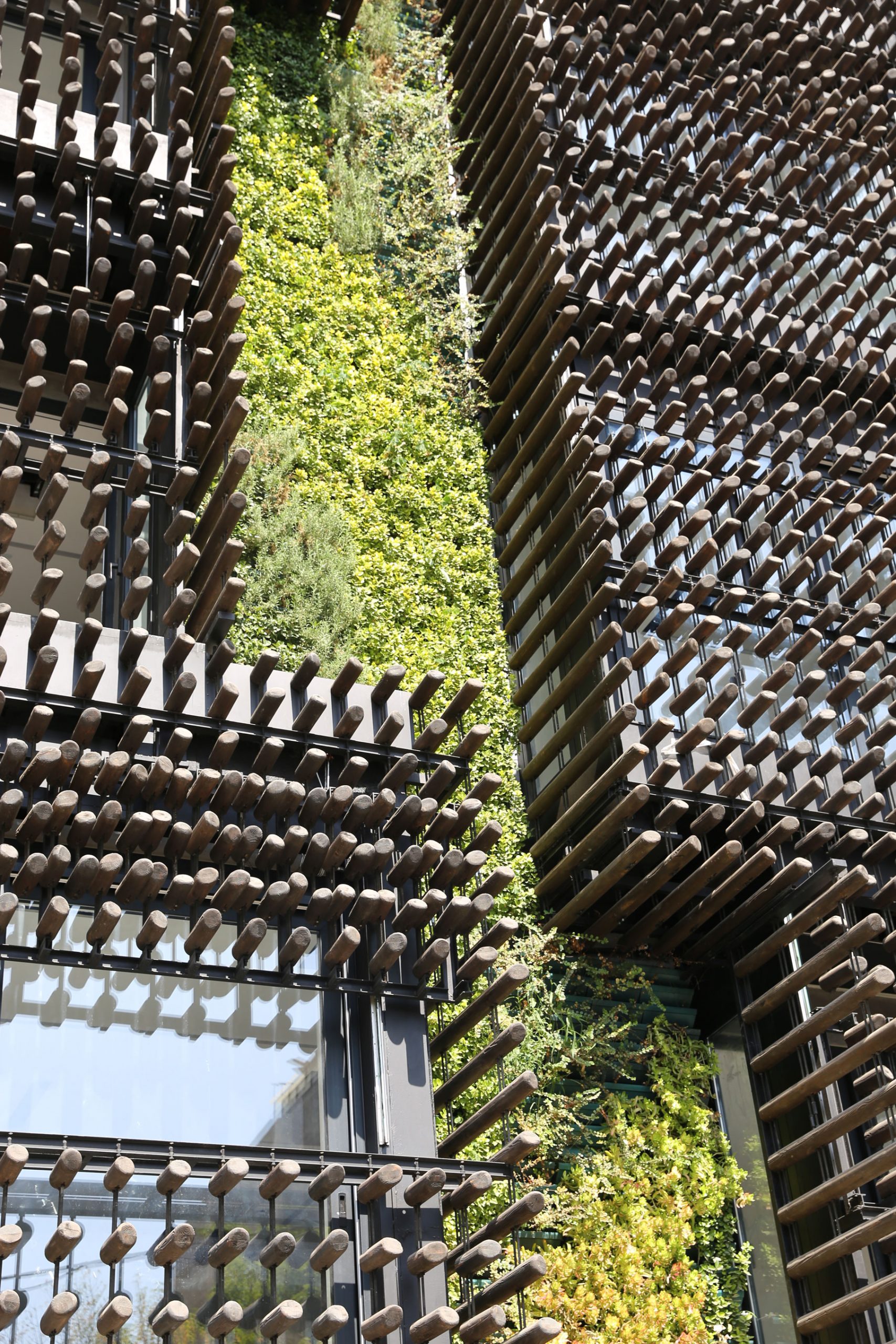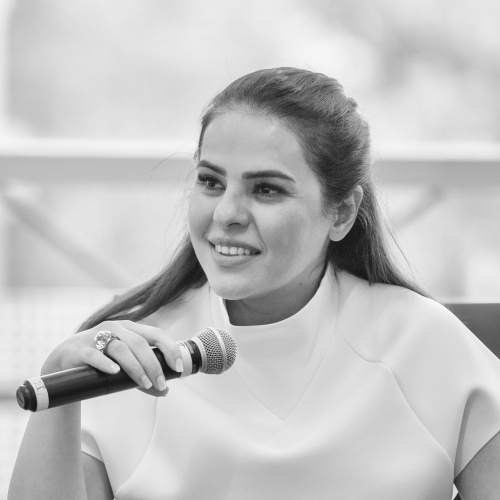Biography
ABOUT
Habibeh Madjdabadi is a prominent Iranian architect recognized for her innovative ideas that prioritize culture, geographical context, and material expression. Her work transcends architectural boundaries, blending artisanal craftsmanship with contemporary design. Central to her philosophy is the concept of “approximation,” which embraces controlled imperfections to enrich architectural complexity. Approximation celebrates the beauty of handmade processes, valuing the human touch and intentional irregularities as vital elements in creating unique architectural identities.
Equally significant is her concept of “Khassiat,” a term she coined to describe an abstract quality that answers the fundamental “why” behind a design. Khassiat embodies the essence that elevates a project from mere functionality to something impactful and extraordinary. As she explains, “Khassiat is the active ingredient that transforms a design into something meaningful and resonant with its context and purpose.” Madjdabadi has explored this concept extensively in her writings and presented it at international forums, including the Designyatra conference in India in 2024.
Her contributions have earned global recognition, including shortlisting for the prestigious Aga Khan Award for Architecture in 2016. She was also featured in “100 Women Architects in Practice,” a RIBA publication showcasing influential women architects worldwide. The selection was conducted by Dezeen Magazine and Pratt Institute School of Architecture.
AWARDS
- Aga Khan Award for Architecture Finalist – 40 Knots House (2016)
- First Place in MEMAR Awards for Architecture – Approximation House (2021)
- Tamayouz Women in Architecture and Construction Award (2019)
- Chicago Award Winner – Mellat Bank Corporate Façade (2014)
- International Brick Award Finalist – 40 Knots House (2014)
PROJECTS TO BE PRESENTED DURING THE EVENT
Project #1: Mutant Hut
Start year: 21.09.2024

Mutant-Hut by Iranian architect Habibeh Madjdabadi is one of twelve Houses designed by renowned architects from various countries for the Voronet Park development. This initiative invites twelve international architects to create distinctive living spaces on a shared site of 11,000 square meters, offering visitors the opportunity to experience architecturally significant environments amid the breathtaking mountainous landscape of Voronet. Madjdabadi takes the archetypal image of a hut as the starting point for her design of a house in Voronet Park. By transforming this familiar form, she creates a bold new vision that is both rooted in tradition and resolutely contemporary. The core concept centers around the hut shape, clad in dark wood, which is an essential element of local architecture in Voronet, where wooden houses predominate. The house’s form intentionally creates a tension between angular and curvilinear elements. The angular hut archetype contrasts with the curved volumes that echo the natural topography of the land. Sited in front of the main entrance, the triangular hut-shaped facade emphasizes the axis of approach. Madjdabadi gradually distorts and elongates the recognizable archetypal form, growing two volumes on the north and south sides of the house. The longer extended wing is uplifted, allowing the land to flow beneath, while the house touches the ground at only two points. By minimizing its footprint, the house reduces interference with nature. This creates a tunnel-like void space that connects the upper and lower parts of the sloping site, a unique relationship with the land that is a hallmark of Madjdabadi’s work.
Project #2: Vali-Asr Square Monument
Start year: 15.08.2022

With Tehran paradoxically being a megapolis with only few outstanding architectural or sculptural objects, the municipality decided to initiate a revival of the notable Vali-Asr Square. A selection of 17 renowned architects and sculptors were invited to participate in the competition wherein Habibeh Madjdabadi’s proposal for a provocative urban installation with a grand sculptural quality took first place. To begin with, the Iranian female architect recognized the project’s three different scales of urban design, architecture, and sculpture, to devise not only a monumental installation but also a wider regeneration scheme. Initially, the design concept draws on Iranian architecture’s ancient practice of balancing empty spaces and voids with solid volumes. ‘In Iran, ‘emptiness’ does not mean the absence of presence but rather a spiritual presence that can be felt through geometry and symmetry,’ notes Madjdabadi. Further, she looks to the traditional Persian urban form of a ‘meidan’ square which conceptually characterizes Vali-Asr. As a meidan in concept but a roundabout in shape, this led the architect to form a defined boundary and valorize the pre-existing urban axis of Vali-Asr Avenue with its converging lined trees and the transportation infrastructures.
Project #3: Approximation House
Start year: 26.06.2020

This narrow multistory house is located on the west side of Tehran, where the city has found its way between the steep slopes of ALBORZ chain on the north and the salty desert on the south. The building is positioned on a narrow plot (w=8.5) and is confined on two sides to other constructions. A small setback from the street provides a small space for the front yard. The house consists of two duplex apartments for a father and his daughter. There is also a flat dedicated to the guesthouse. Although the apartments are rather small, the interior has all the qualities of a three-dimensional space: it is articulated in section and can be discovered from several points of view in the space. The skylights, introduce the natural light and the sky scene into the house. The term approximation stands for special design approach, which aims to humanize the entire process of creation, from design to execution, by valorizing the imperfectness of hand made against perfectness of the industry wise processes and products. As an alternative and critical solution, the project in question avoids the typical building zoning in separate flats, and creates an interior space that develops vertically; it makes extensive use of craftsmanship, while avoiding any historicist aesthetics, instead of typical massive products for facade, it makes use of hand shaped wood and green in a façade, it doesn’t have any flat surface, but a tridimensional penetrable external envelope; it has no explicit reference to the traditional architecture, but respects the core concepts of the local traditions.









